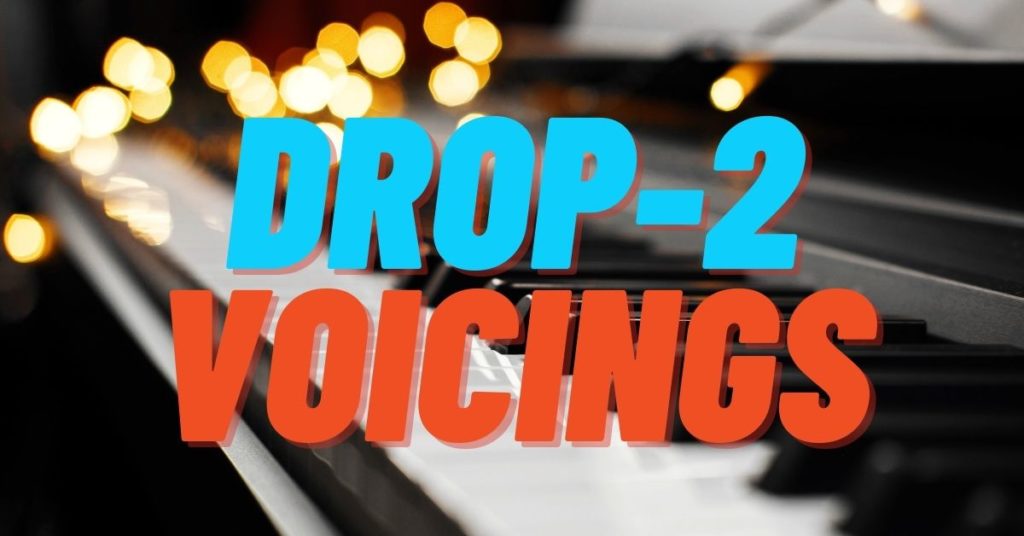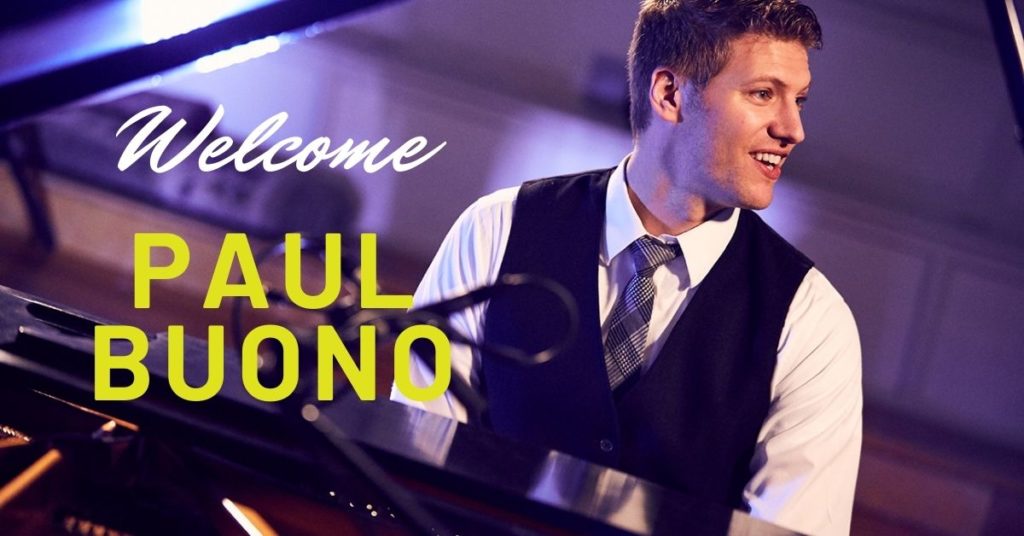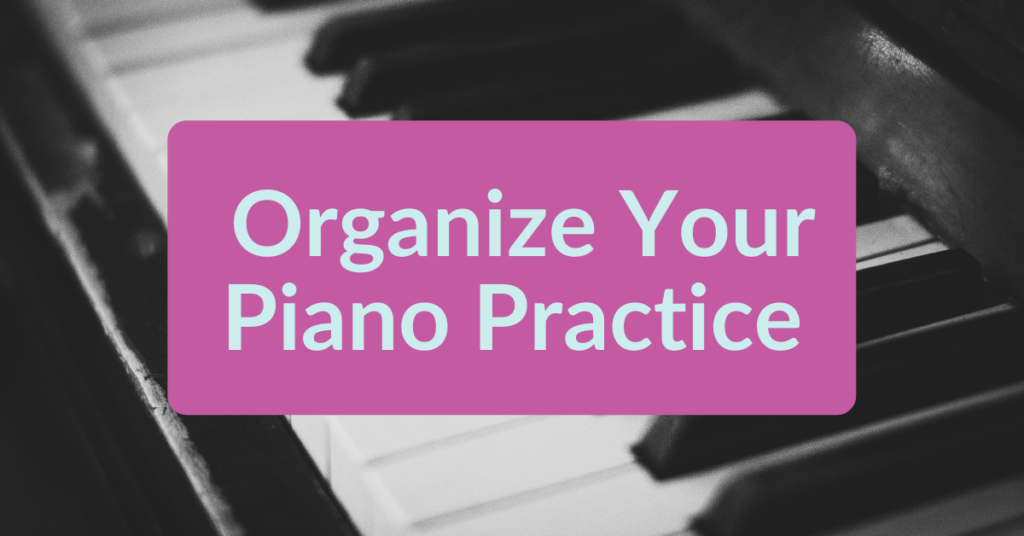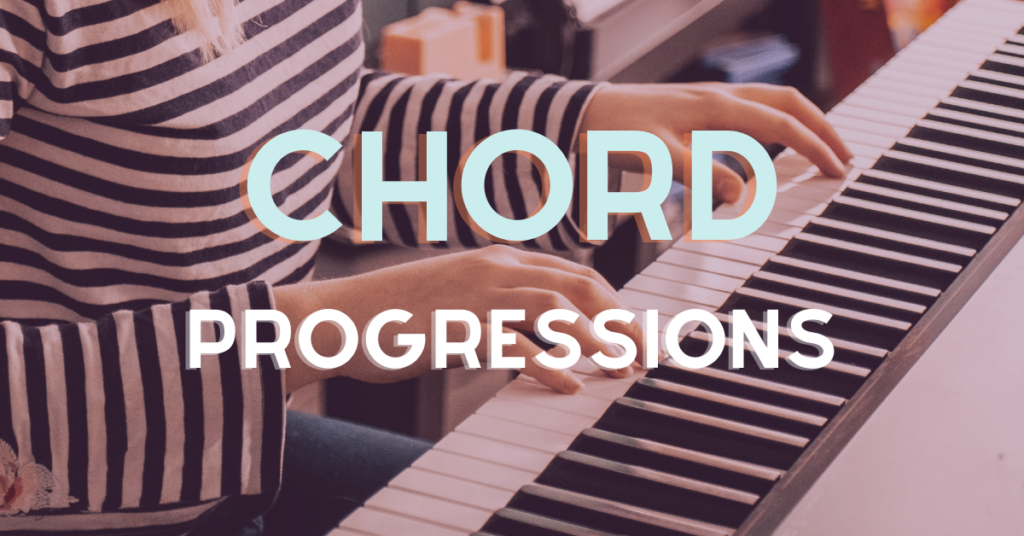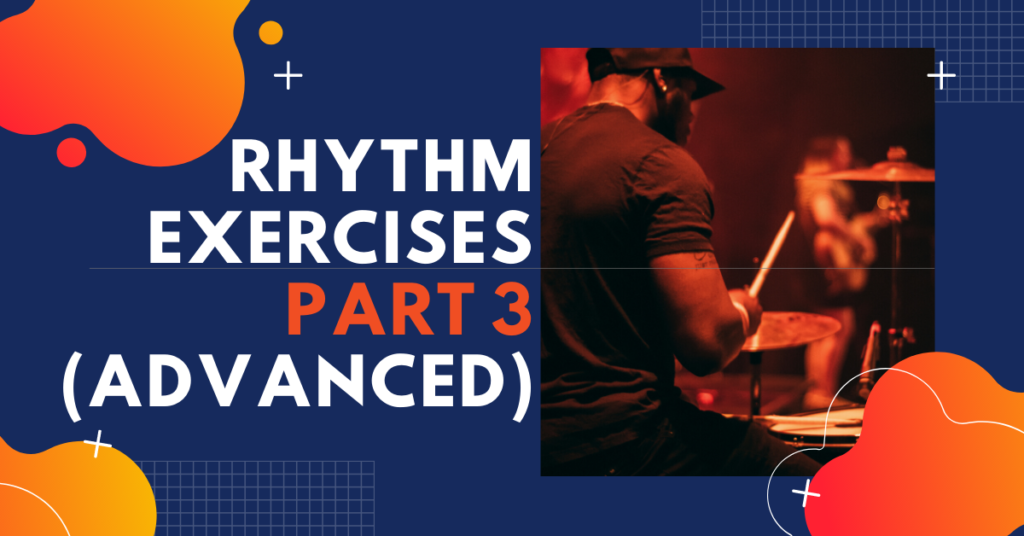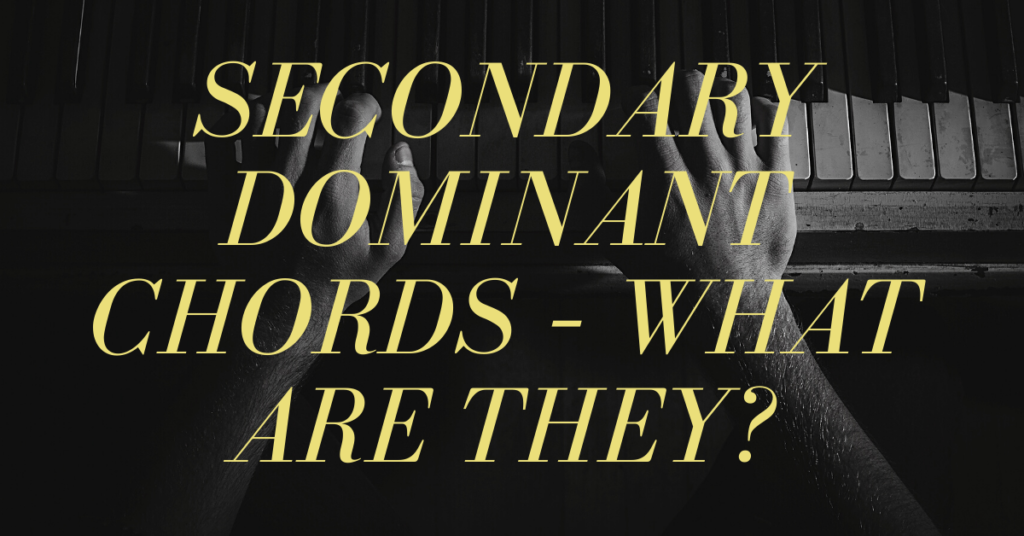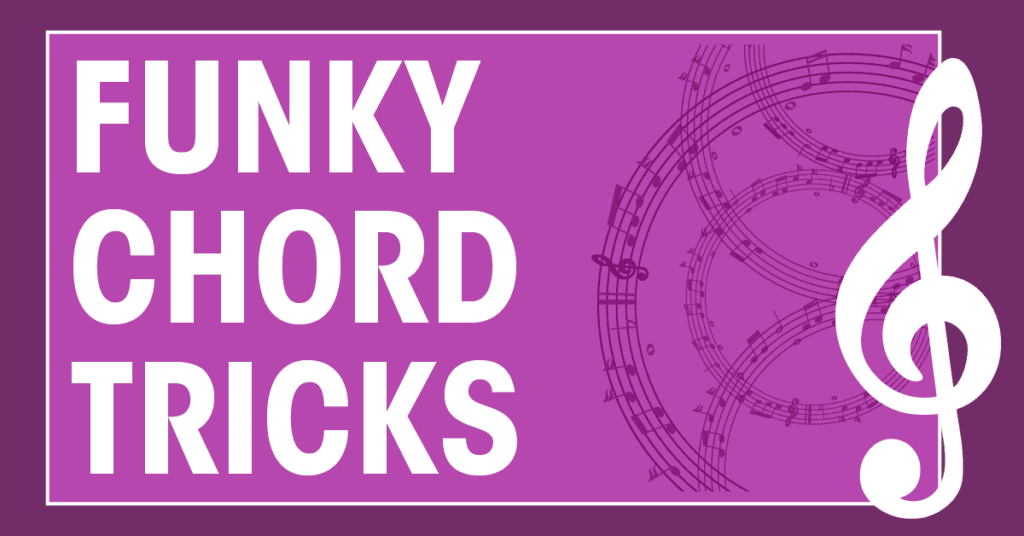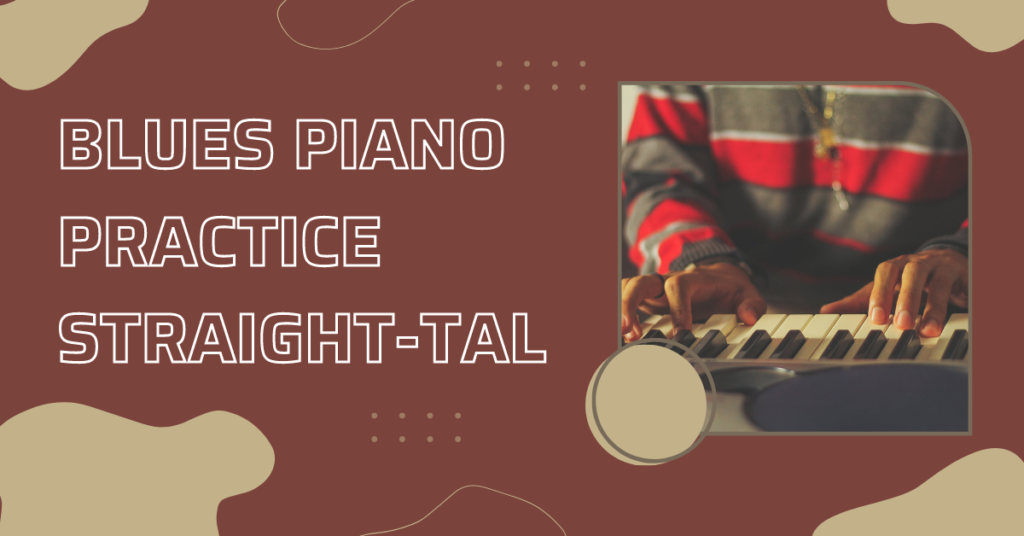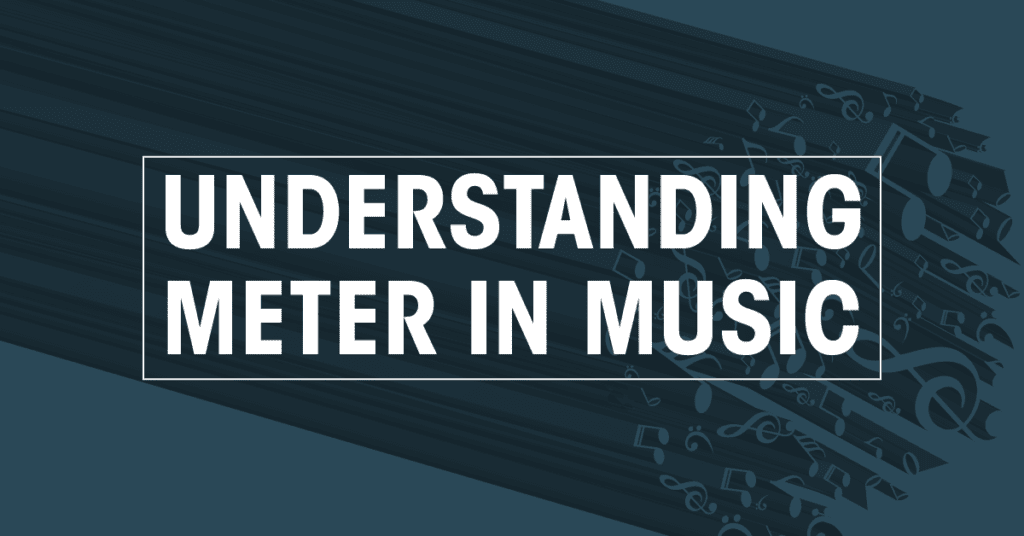“Ain’t No Sunshine” and Drop-2 Voicings
The Bill Withers classic song “Ain’t No Sunshine” is a funky R&B standard that has also found a home in jazz circles. This is probably because the song has many traditional elements of jazz present in the song. For example, the song is based on an 8-bar modal cycle that features a minor blues-type of…


